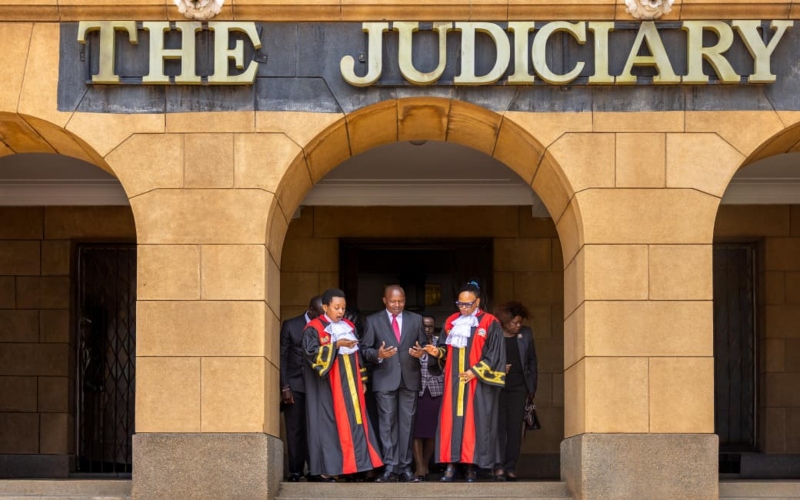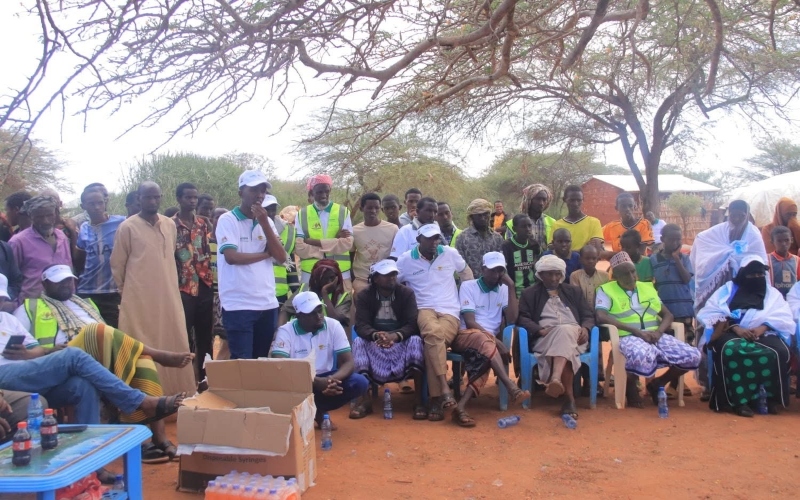How Eastleigh rewrote its colonial name into a Kenyan-Somali powerhouse
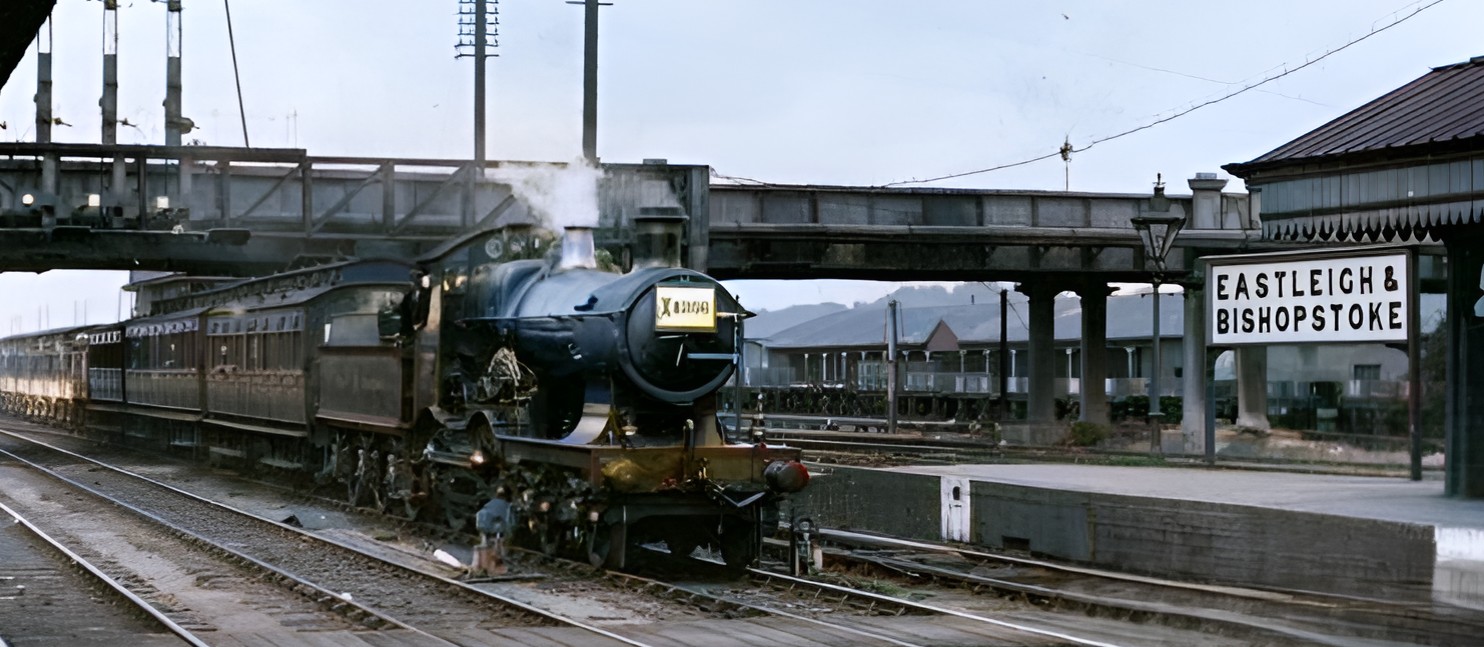
What began as a residential neighbourhood has transformed into a thriving economic hub, drawing traders and suppliers from across Kenya and beyond.
For many people, the origin of the name "Eastleigh" remains unknown.
Over time, the neighbourhood’s reputation as a bustling business hub has overshadowed its name’s roots, turning its colonial origin into a forgotten footnote.
More To Read
- Eastleigh MCA blames county officials for destruction of newly built Captain Mungai Street
- Youth football comes alive in Eastleigh as Fazam Academy clinches Moi Cup title
- Eastleigh’s 24-hour economy key to Kenya’s commerce, says CS Lee Kinyanjui
- Nairobi County, Eastleigh Business Association agree on food safety and restaurant licensing
- CBE curriculum spirit alive in Eastleigh as parents lead new wave of youth football development
- Chiefs, elders urged to boost security in Eastleigh as Assistant Commissioner opens ablution block
But did you know that Eastleigh was actually named after a town in Hampshire, England?
Today, however, Nairobi’s Eastleigh has evolved into a vibrant, multicultural Somali trade hub, charting its own course and resisting the British colonial influences still visible in other parts of the city.
Unlike neighbourhoods marked by colonial-style houses, government offices, and churches, Eastleigh has developed a distinct character.
Historians note that Eastleigh was originally established by the colonial administration as a residential area for Asians and Africans, many of whom were employed as clerks, builders, or shoemakers.
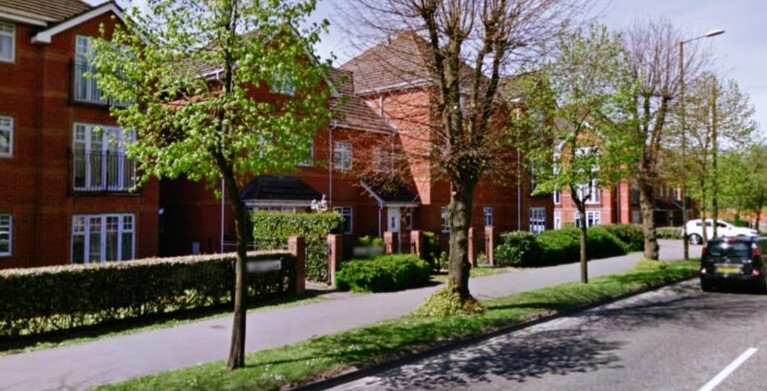 A neighbourhood in Eastleigh, England. (Photo: Eastleigh News UK)
A neighbourhood in Eastleigh, England. (Photo: Eastleigh News UK)
Kenyan Asian enclave
Before independence in 1963, it was considered a significant Kenyan Asian enclave.
While some colonial-era residential buildings still stand, many have been modified or repurposed over time. This is in stark contrast to Nairobi’s CBD, where several colonial structures—such as the Absa Bank building on Kaunda Street, McMillan Library, Kenya National Archives, All Saints Cathedral, the Stanbic Bank building on Kimathi Street, and the Sarova Stanley Hotel—have retained their original Georgian architecture.
As other towns and neighbourhoods adopted British-style urban planning, school curricula, and architectural aesthetics, Eastleigh took a different path. Its rapid development has been shaped by commercial demand and population pressure, resulting in dense, mixed-use buildings that prioritise function over form.
Most buildings in Eastleigh are boxy and unadorned, with flat roofs (often used for storage), narrow balconies, and little decorative detail. Yet, due to the strong influence of the Somali community, Islamic architectural elements—like arched windows, doorways, and rooftop terraces—are visible in many mosques and homes.
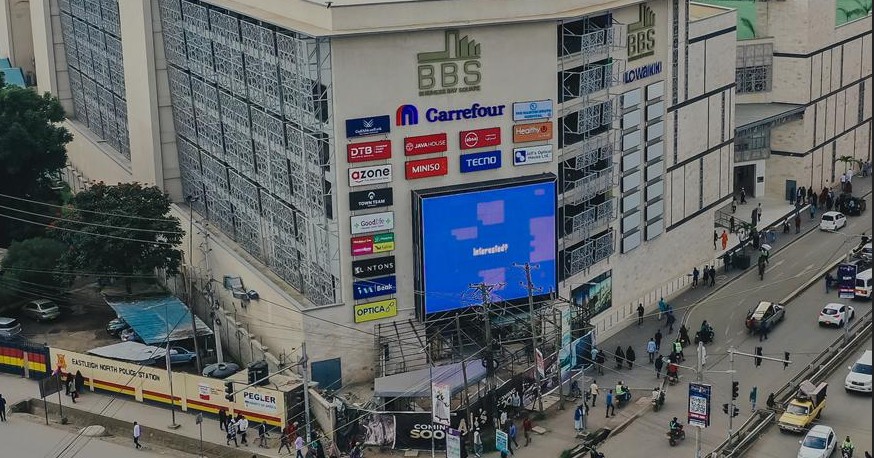 A view of the BBS Mall in Eastleigh, Nairobi. (BBS Mall)
A view of the BBS Mall in Eastleigh, Nairobi. (BBS Mall)
High-rise buildings
A construction boom in recent years has dramatically altered Eastleigh’s skyline, with high-rise buildings rising quickly to meet the area’s commercial needs.
What began as a residential neighbourhood has transformed into a thriving economic hub, drawing traders and suppliers from across Kenya and beyond.
Its influence now extends far beyond its official borders, thanks to its massive economic footprint.
Locally pronounced as "Isilii", Eastleigh has effectively redefined the colonial name into something uniquely Kenyan-Somali.
Unlike other areas striving to reclaim identity by renaming streets and buildings, Eastleigh has organically shed its colonial legacy by transforming the meaning and sound of its name through everyday use and cultural influence.
In contrast, Eastleigh in the UK—whose name means "eastern clearing"—remains a quiet, suburban market town.
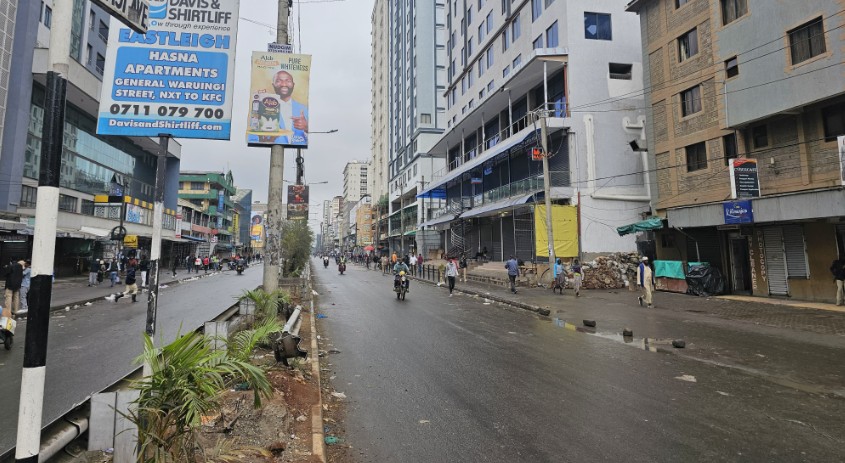 Mohamed Yusuf Haji Avenue, one of the streets in Eastleigh, Nairobi. (Photo: Abdirahman Khalif)
Mohamed Yusuf Haji Avenue, one of the streets in Eastleigh, Nairobi. (Photo: Abdirahman Khalif)
Rural farmland
Originally a rural farmland, it grew in the early 20th century with the arrival of railway carriage works in 1890 and locomotive works in 1910, according to the Encyclopedia Britannica.
"The station name sign reads, Eastleigh and Bishopstoke. When Bishopstoke Station was opened in 1839, there were only thirteen houses in Eastleigh. The buildings beyond the bridge, on the right, are the Old Cheese and Livestock Market," the reference source adds.
However, with the arrival of the railway, in the early 1900s, Eastleigh developed rapidly, with the houses at the southern end of Southampton Road being developed to accommodate workers for the new Locomotive Works.
Unlike Nairobi's Eastleigh, parts of early Eastleigh in Hampshire can still be recognised today.
"Although much has changed in the landscape, and the way that retailing now operates. Eastleigh was once home to a huge number of small independent specialist shops. Butchers, Bakers and Grocers dominated the scene, and many food items had to be bought fresh each day. Nowadays, food retailing is dominated by large national supermarkets with food bought in bulk. In the old days, you went to the shop, gave them a list, paid for the goods in cash, and the shop boy delivered them on his bike. Today we give them a list online, pay, and have it delivered by van. We call this progress," the document adds.
Top Stories Today











